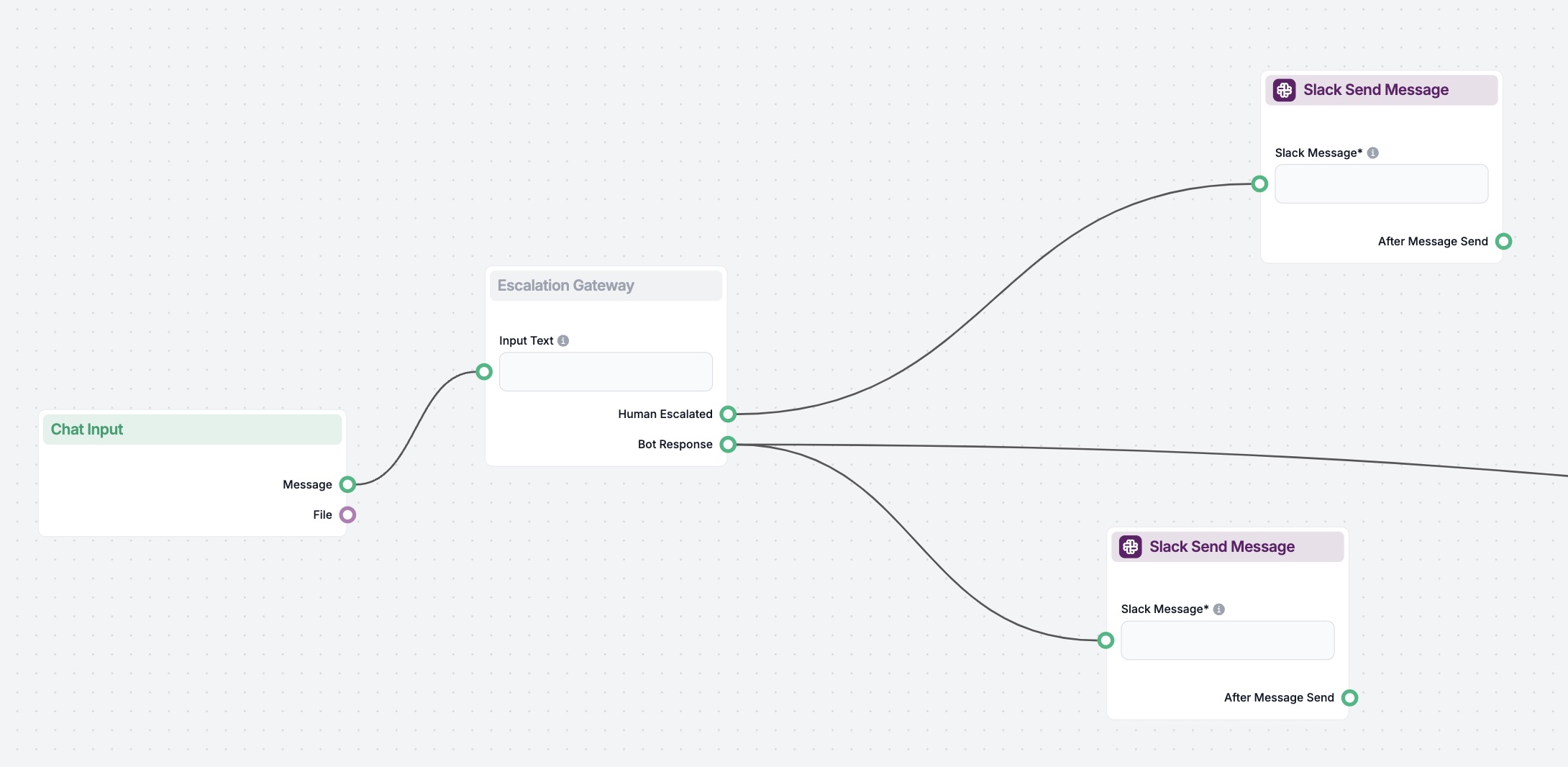
Human in the Loop
Human-in-the-Loop (HITL) is an AI and machine learning approach that integrates human expertise into the training, tuning, and application of AI systems, enhanc...

Reinforcement Learning from Human Feedback (RLHF) is a machine learning technique that integrates human input to guide the training process of reinforcement learning algorithms. Unlike traditional reinforcement learning, which relies solely on predefined reward signals, RLHF leverages human judgments to shape and refine the behavior of AI models. This approach ensures that the AI aligns more closely with human values and preferences, making it particularly useful in complex and subjective tasks.
Reinforcement Learning from Human Feedback (RLHF) is a machine learning technique that integrates human input to guide the training process of reinforcement learning algorithms. Unlike traditional reinforcement learning, which relies solely on predefined reward signals, RLHF leverages human judgments to shape and refine the behavior of AI models. This approach ensures that the AI aligns more closely with human values and preferences, making it particularly useful in complex and subjective tasks where automated signals may fall short.
RLHF is crucial for several reasons:
The RLHF process generally follows these steps:
In the field of generative AI, RLHF is employed to refine models that create text, images, or other content. For instance, language models like GPT-3 use RLHF to produce more coherent and contextually relevant text by incorporating human feedback on generated outputs.
Robotics can benefit from RLHF by incorporating human feedback to improve the robot’s interaction with its environment. This can lead to more effective and safer robots capable of performing complex tasks in dynamic settings.
RLHF can enhance recommendation systems by aligning them more closely with user preferences. Human feedback helps fine-tune the algorithms, ensuring that the recommendations are more relevant and satisfying to users.
In generative AI, RLHF is instrumental in refining models that generate creative content, such as text, images, and music. By integrating human feedback, these models can produce outputs that are not only technically sound but also aesthetically pleasing and contextually appropriate. This is particularly important in applications like chatbots, content creation, and artistic endeavors, where subjective quality is paramount.
RLHF is a machine learning approach where human feedback is used to guide the training of reinforcement learning algorithms, ensuring that AI models align better with human values and preferences.
RLHF is crucial because it helps create more trustworthy and reliable AI systems by incorporating human values and ethics, improving performance in complex and subjective tasks.
RLHF is used in generative AI, robotics, and personalized recommendation systems to enhance AI capabilities and align outputs with user preferences.
RLHF typically involves initial training with standard reinforcement learning, collection of human feedback, policy adjustment based on this feedback, and iterative refinement to improve AI alignment with human expectations.
Start building AI solutions that align with human values using FlowHunt's platform. Experience the power of RLHF in your projects.

Human-in-the-Loop (HITL) is an AI and machine learning approach that integrates human expertise into the training, tuning, and application of AI systems, enhanc...

Q-learning is a fundamental concept in artificial intelligence (AI) and machine learning, particularly within reinforcement learning. It enables agents to learn...

Discover the importance and applications of Human in the Loop (HITL) in AI chatbots, where human expertise enhances AI systems for improved accuracy, ethical st...
Cookie Consent
We use cookies to enhance your browsing experience and analyze our traffic. See our privacy policy.